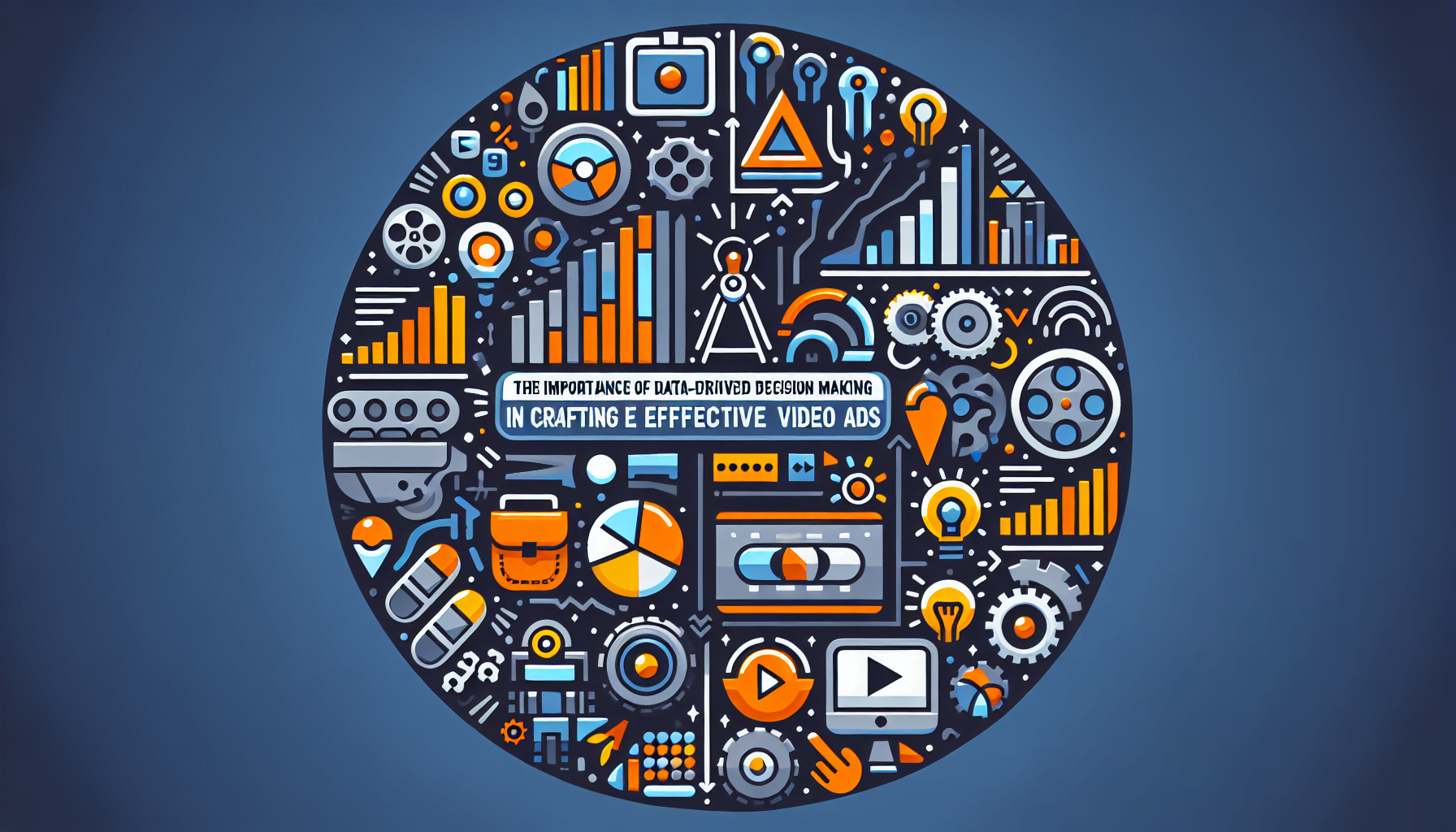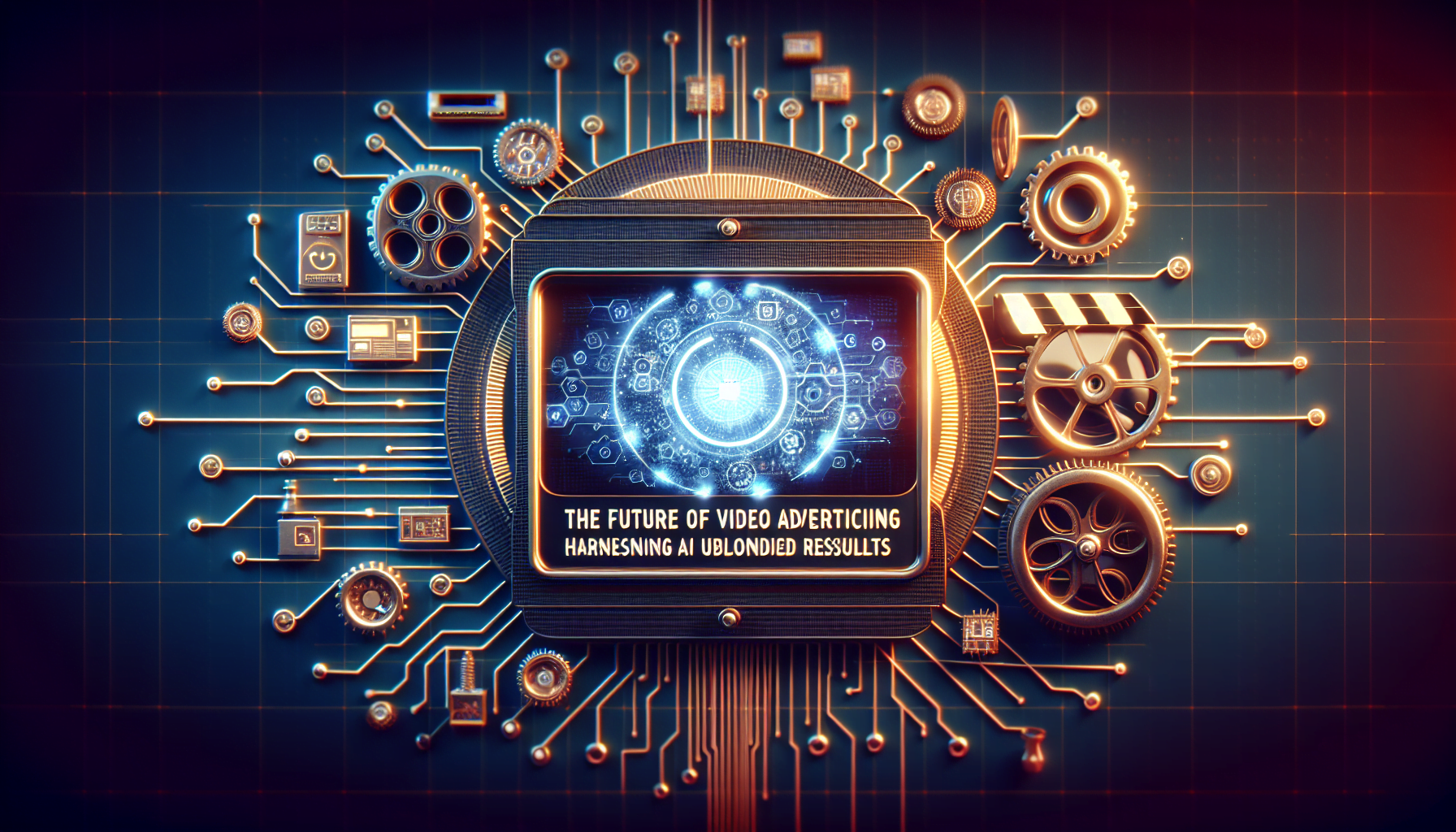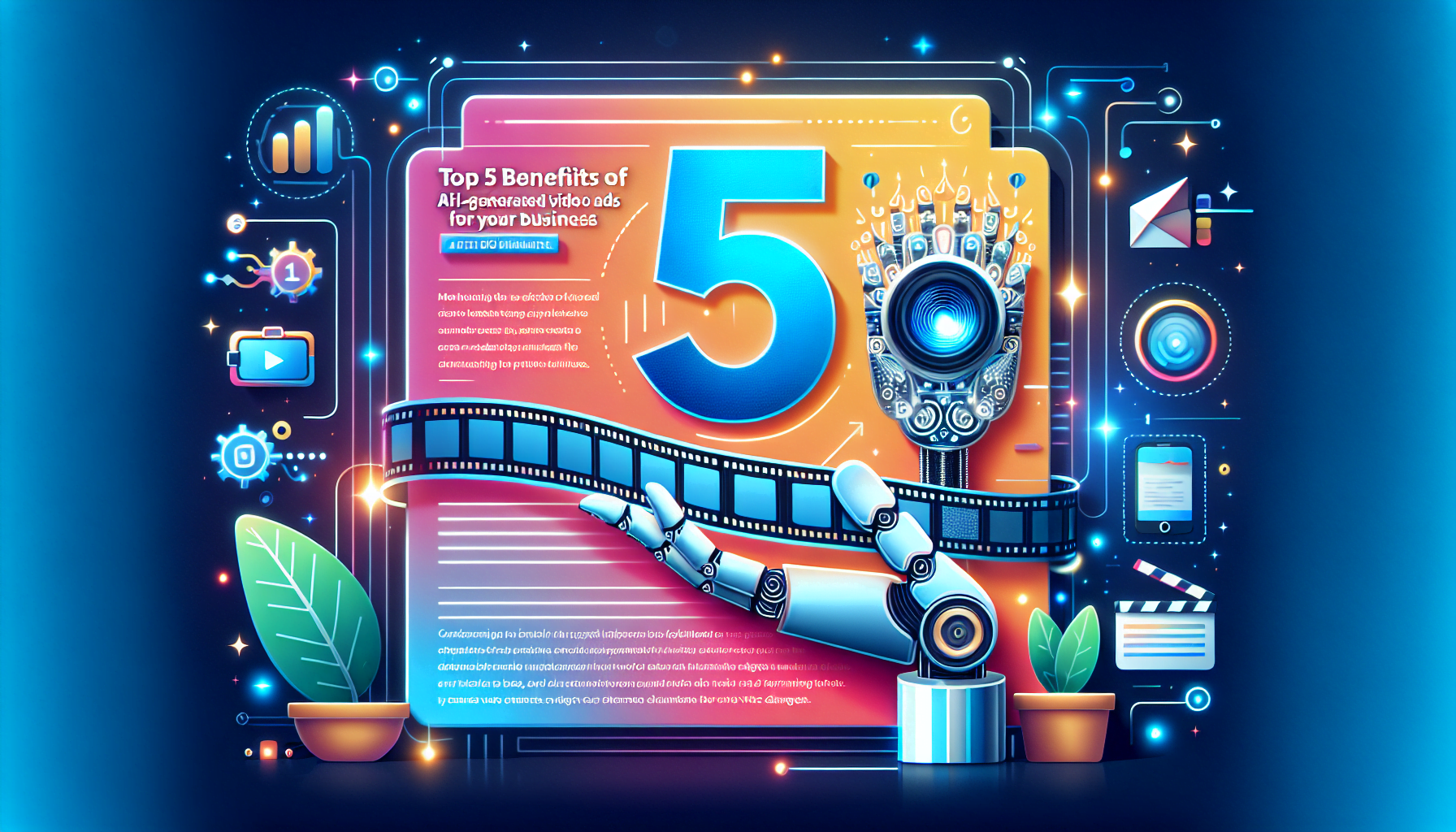Introduction
The AI Revolution:
A Glimpse into the Future Artificial Intelligence (AI), once confined to the realm of science fiction, has transitioned into our reality as one of the most revolutionary technological advancements of our time. This article embarks on a journey to explore the multifaceted landscape of AI, from its origins and classifications to its profound implications across various sectors. By delving into its historical context and contemporary applications, we gain a comprehensive understanding of AI’s transformative potential.
Defining Artificial Intelligence:
Unraveling its Significance At its core, artificial intelligence refers to the ability of machines to simulate human intelligence, enabling them to analyze data, make decisions, and solve complex problems autonomously. This transcends mere automation; it signifies a paradigm shift in the way we approach tasks and challenges. AI’s capacity to mimic cognitive functions raises questions about the boundaries of human creativity and the ethical considerations of these advancements.
A Brief History of Artificial Intelligence
Early Concepts and Visionaries:
Seeds of an Idea The concept of AI dates back to ancient civilizations, where myths of mechanical beings echoed the desire to replicate human capabilities. However, the true foundation was laid in the 20th century by visionaries like Alan Turing, who proposed the Turing Test as a measure of AI’s intelligence. These nascent ideas paved the way for the eventual development of AI technologies.
The AI Winter and its Aftermath:
A Rollercoaster Ride Despite initial enthusiasm, the field faced setbacks during the “AI winter” periods marked by funding cuts and disillusionment due to unmet expectations. Yet, these intervals of stagnation were catalysts for introspection and refinement. Researchers learned from failures and emerged with renewed vigor, committed to unraveling the mysteries of artificial intelligence.
Resurgence and Breakthroughs:
The Modern AI Renaissance Recent decades have witnessed an exponential surge in AI breakthroughs, powered by advancements in computing power and data availability. Machine learning, a subset of AI, has taken center stage. Algorithms that can learn from data and improve over time have transformed various industries, redefining the possibilities of automation and problem-solving.
Types of Artificial Intelligence
Narrow AI:
From Chess to Virtual Assistants Narrow AI, also known as Weak AI, excels in specific tasks but lacks general human-like cognition. From defeating chess champions to enabling voice-activated virtual assistants, narrow AI systems exhibit impressive proficiency within constrained domains. Examples include language translation and image recognition, showcasing AI’s adaptability and accuracy.
General AI:
The Unattained Horizon of Human-like Intelligence The pursuit of General AI, or Strong AI, remains the holy grail of AI research. This refers to machines that possess human-like cognitive abilities, including reasoning, problem-solving, and emotional understanding. Achieving General AI involves replicating human consciousness—an intricate challenge that has sparked philosophical debates and driven innovation.
Superintelligent AI:
Pondering the Boundless Potential Beyond General AI lies the realm of Superintelligent AI, an intelligence surpassing human capabilities across all conceivable dimensions. While its realization sparks excitement about solutions to complex global issues, concerns about control, ethics, and unintended consequences also loom large. Superintelligent AI’s impact on society, science, and ethics is a topic of both fascination and apprehension.
Machine Learning: The Backbone of AI
Understanding Machine Learning Algorithms:
Decoding the Mechanism Machine learning, a subset of AI, empowers computers to learn from data and improve their performance through experience. Supervised learning involves training algorithms on labeled data to make predictions, while unsupervised learning uncovers patterns in unlabeled data. Reinforcement learning introduces a reward-based system for algorithms to learn optimal decision-making strategies.
Supervised, Unsupervised, and Reinforcement Learning:
Diverse Approaches Supervised learning’s reliance on labeled data makes it suitable for tasks like image classification. Unsupervised learning, on the other hand, thrives on discovering hidden patterns in unstructured data, as seen in clustering and anomaly detection. Reinforcement learning’s trial-and-error approach finds application in training AI agents for tasks such as autonomous driving and game playing.
Deep Learning and Neural Networks’ Role:
Unveiling Complexity Deep learning, a subset of machine learning, employs neural networks—layers of interconnected nodes—to simulate human brain functions. Convolutional neural networks excel in image recognition, recurrent neural networks handle sequential data, and transformers excel in natural language processing. Deep learning’s prowess in complex tasks stems from its capacity to automatically learn hierarchical representations from data.
Real-world Applications of Artificial Intelligence
Healthcare:
Transforming Diagnostics and Treatment In healthcare, AI-driven diagnostic tools analyze medical images with unprecedented accuracy, expediting disease detection. Personalized treatment plans harness AI’s ability to process vast patient data, optimizing therapeutic interventions. However, integrating AI into healthcare requires addressing regulatory challenges and ensuring patient data privacy.
Finance:
AI in Trading, Fraud Detection, and Personal Finance AI algorithms power high-frequency trading, leveraging data analysis for predictive insights. Fraud detection systems sift through massive datasets to identify unusual patterns, safeguarding financial transactions. Additionally, AI-driven personal finance applications assist users in budgeting, investing, and making informed financial decisions.
Transportation:
Autonomous Vehicles and Traffic Management AI’s impact on transportation spans from autonomous vehicles navigating complex environments to optimizing traffic flow in smart cities. Self-driving cars rely on sensors and real-time data processing to ensure passenger safety. Traffic management systems employ AI to reduce congestion, minimize emissions, and enhance urban mobility.
Entertainment:
AI-driven Gaming and Content Creation AI’s influence extends to the entertainment industry, where it enhances gaming experiences by generating dynamic narratives, characters, and immersive environments. Content creators harness AI for video editing, music composition, and visual effects, revolutionizing the creative process.

Ethical and Societal Implications
Job Displacement vs. Job Creation:
Navigating the Workforce Shift The rise of AI inevitably raises concerns about job displacement due to automation. However, history reveals that technological advancements also create new opportunities and industries. Reskilling and upskilling initiatives can prepare the workforce for AI-related roles, ensuring a smooth transition into the new job landscape.
Bias and Fairness in AI Algorithms:
Striving for Equitable Outcomes AI algorithms are not immune to biases present in the data they learn from. Addressing bias requires vigilant data collection, preprocessing, and algorithm design to prevent perpetuating social inequalities. Fairness in AI is an ongoing dialogue, calling for transparent decision-making processes and unbiased performance evaluations.
Privacy Concerns and Data Security:
Safeguarding Digital Footprints The proliferation of AI hinges on the availability of vast datasets. However, this influx of data raises privacy concerns. Striking a balance between data accessibility and individual privacy necessitates robust data protection measures, stringent encryption, and transparent data usage policies.
The Role of AI in Decision-making:
Augmentation or Autonomy? AI’s role in decision-making spans a spectrum from offering recommendations to making autonomous choices. Striking the right balance requires defining the extent of AI’s authority, aligning AI decisions with human values, and establishing mechanisms for human oversight.
Challenges in Artificial Intelligence Development
Data Limitations and Quality:
Navigating the Data Conundrum AI’s effectiveness relies on the quantity and quality of training data. Inadequate or biased datasets can compromise algorithm performance. Overcoming this challenge demands extensive data collection, preprocessing, and ensuring data diversity to capture real-world complexities.
Interpretability and Transparency of AI Systems:
Unveiling the Black Box AI models, particularly deep learning neural networks, are often deemed “black boxes” due to their complex decision-making processes. Enhancing interpretability requires developing techniques that elucidate how AI arrives at conclusions, enabling humans to trust and validate AI-generated insights.
Overcoming Hardware Limitations for Advanced AI:
The Quest for Power AI’s progress is closely tied to the availability of powerful hardware. Developing hardware optimized for AI computations, such as graphics processing units (GPUs) and specialized AI chips, expedites model training and inference, pushing the boundaries of AI capabilities.
Ensuring AI Safety and Avoiding Catastrophic Outcomes AI safety encompasses strategies to prevent AI systems from making harmful decisions or unintended consequences. Research in this domain focuses on designing AI systems that align with human values and developing fail-safe mechanisms to mitigate potential risks.
Artificial Intelligence and Creativity
AI-generated Art and Music: Boon or Bane?
AI’s ability to generate art and music challenges conventional notions of human creativity. While AI-generated content raises questions about originality and emotional depth, it also offers novel avenues for artistic exploration and collaboration between humans and machines.
Writing, Design, and Other Creative AI Applications AI’s creative applications extend to writing, graphic design, and content creation. Automated content generators produce articles, advertisements, and even entire websites. Design tools leverage AI to generate visually appealing graphics and layouts, streamlining the creative process.
Redefining the Boundaries of Human Creativity Rather than replacing human creativity, AI augments it by automating routine tasks, freeing up creative minds for higher-level ideation. This collaboration sparks innovation and challenges artists, writers, and creators to push the boundaries of their imagination.
The Human-AI Collaboration
AI as a Tool for Enhancing Human Capabilities AI’s potential lies in amplifying human capabilities, enabling professionals across domains to achieve more in less time. From aiding medical diagnoses to facilitating data analysis, AI streamlines processes, allowing experts to focus on strategic and creative aspects of their work.
Examples of Successful Human-AI Partnerships Fields like medicine and finance showcase effective collaboration between humans and AI. Surgeons use AI-driven robots for precision surgeries, while financial analysts leverage AI’s data crunching abilities for predictive insights, highlighting the symbiotic relationship between human expertise and AI efficiency.
Navigating the Changing Job Landscape through Upskilling As AI redefines job roles, individuals can prepare for the future by acquiring skills that complement AI’s capabilities. Upskilling in areas such as data analysis, programming, and critical thinking ensures adaptability in the evolving job market, fostering a harmonious coexistence with AI.
AI in Research and Exploration
Drug Discovery and Molecular Modeling:
Accelerating Scientific Progress AI expedites drug discovery by analyzing molecular interactions, predicting drug candidates, and simulating drug behavior. This not only accelerates research but also offers hope for faster development of treatments for diseases.
AI’s Role in Space Exploration and Scientific Discoveries AI aids space missions by analyzing vast volumes of data collected from space probes and telescopes. Automated algorithms identify celestial objects, predict space phenomena, and contribute to our understanding of the cosmos.
Climate Modeling and Predicting Natural Disasters:
Harnessing AI for Earth’s Benefit AI’s prowess extends to climate modeling, predicting weather patterns, and detecting natural disasters. These applications contribute to disaster preparedness, resource allocation, and environmental conservation.
The Future of AI: Possibilities and Speculations
Achieving AGI:
Is it on the Horizon? The quest for Artificial General Intelligence (AGI), capable of human-like reasoning across diverse tasks, remains a challenge. Researchers strive to create adaptable AI systems that can learn, generalize, and transfer knowledge—a significant step toward achieving AGI.
Merging AI with Other Technologies:
IoT, Quantum Computing, and Beyond AI’s potential amplifies when combined with other cutting-edge technologies. The Internet of Things (IoT) coupled with AI enhances connectivity and automation. Quantum computing’s processing power promises to solve complex problems that currently elude classical computers.
Ethical Considerations for Advanced AI:
Navigating Uncharted Territory As AI advances toward superintelligence, ethical questions become more profound. Ensuring that AI respects human values, obeys moral principles, and avoids harmful decisions is paramount. Ethical frameworks must guide AI development to prevent unintended consequences.
Government Policies and Regulation
Current State of AI Regulations Worldwide Governments globally grapple with regulating AI’s rapidly evolving landscape. Various countries have introduced guidelines to ensure responsible AI development, encompassing areas like data privacy, accountability, and transparency.
The Need for Ethical Frameworks and Guidelines Ethical considerations underpin AI regulations. Governments and organizations recognize the importance of establishing ethical frameworks that guide AI’s deployment, balancing innovation with safeguarding societal values.
Balancing Innovation with Accountability Striking the right balance between fostering innovation and holding AI developers accountable is a challenge. Regulations must incentivize AI advancements while addressing potential risks, ensuring that AI aligns with human interests.
Artificial Intelligence and Education
Adaptive Learning and Personalized Education:
Tailoring Knowledge Dissemination AI-driven adaptive learning systems personalize education by analyzing students’ progress and tailoring content to their learning pace and style. This individualized approach enhances comprehension and retention, revolutionizing traditional education models.
AI-powered Tutors and Educational Platforms:
Redefining Learning Experiences AI-powered tutors offer immediate feedback, answering students’ questions and providing explanations. Educational platforms incorporate AI to facilitate interactive learning experiences, enabling students to engage with complex subjects in novel ways.
Preparing the Next Generation for an AI-driven World As AI’s role in society expands, education must adapt to prepare students for an AI-driven world. Teaching critical thinking, problem-solving, and digital literacy equips the next generation with skills to navigate the challenges and opportunities posed by AI.
Investing in AI: Opportunities and Risks
Industries Ripe for AI Disruption:
Transforming Business Landscapes AI has the potential to disrupt industries ranging from healthcare and finance to manufacturing and logistics. Businesses that leverage AI technologies gain competitive advantages, streamline processes, and innovate service delivery.
Navigating Risks and Uncertainties in AI Investments While AI investments offer lucrative opportunities, they also entail risks, including technological uncertainties, market fluctuations, and regulatory challenges. Comprehensive risk assessments are essential for informed decision-making.
The Evolving Role of AI Startups:
AI in Healthcare: Revolutionizing the Industry
Precision Medicine and Personalized Treatment Plans AI tailors medical treatments by analyzing genetic, molecular, and lifestyle data. This precision approach optimizes therapies, minimizes side effects, and holds potential for breakthroughs in treating complex diseases.
AI-powered Diagnostics and Early Disease Detection AI-enabled diagnostic tools enhance accuracy in identifying diseases from medical images, contributing to timely interventions. Early disease detection allows for proactive measures, improving patient outcomes and reducing healthcare costs.
Ethical Concerns and Patient Data Privacy While AI advancements in healthcare are promising, safeguarding patient data and privacy is paramount. Striking a balance between AI’s potential and ethical considerations ensures that technology benefits patients without compromising their rights.
The Role of AI in Agriculture and Food Security
Precision Agriculture and Yield Optimization AI optimizes agriculture by analyzing soil data, weather patterns, and crop health metrics. Precision agriculture maximizes yields, minimizes resource usage, and contributes to sustainable farming practices.
Monitoring Crop Health and Preventing Disease Outbreaks AI-powered sensors and drones monitor crops, identifying signs of disease or stress. Rapid detection and intervention prevent disease spread, safeguarding harvests and ensuring food security.
Addressing Global Food Scarcity with AI-driven Solutions AI-driven strategies improve crop yields and resource allocation, offering solutions to global food scarcity. By optimizing agricultural practices, AI contributes to feeding a growing global population.
AI in Law Enforcement and Security
Predictive Policing and Crime Prevention AI analyzes historical crime data to predict potential crime hotspots, aiding law enforcement in allocating resources effectively. This proactive approach enhances crime prevention and public safety.
Facial Recognition Technology:
Benefits and Controversies Facial recognition technology aids in identifying suspects and missing persons, expediting investigations. However, concerns about privacy, bias, and misidentification prompt debates on responsible usage and regulation.
Safeguarding Civil Liberties While Utilizing AI Balancing security imperatives with civil liberties requires careful consideration. Ethical guidelines must ensure that AI tools in law enforcement adhere to legal norms and protect individual rights.
AI and Environmental Sustainability
Monitoring and Mitigating Environmental Impact AI analyzes environmental data, tracking changes in ecosystems, air quality, and pollution levels. This information guides policymakers and organizations in making informed decisions to mitigate environmental impact.
Climate Modeling and Predicting Ecological Trends AI-driven climate models simulate complex interactions within Earth’s systems, enabling scientists to predict climate patterns and assess the impact of human activities on the environment.
AI-driven Solutions for a Greener Future From energy optimization to waste management, AI fosters sustainable practices across industries. These solutions drive resource efficiency, reduce carbon footprints, and contribute to a greener future.
The Human Side of AI: Emotional Intelligence and Empathy
Developing Emotionally Intelligent AI Systems AI systems with emotional intelligence can detect and respond to human emotions, enhancing user experiences. Emotionally aware AI holds promise in fields like mental health support, customer service, and education.
AI Companions for Mental Health Support AI-powered chatbots and virtual companions offer support to individuals struggling with mental health challenges. These tools provide an outlet for expressing emotions and accessing resources.
Exploring the Ethical Dimensions of Emotionally Aware AI Emotionally aware AI raises ethical questions about user privacy, consent, and the boundaries of human-AI relationships. Navigating these complex issues ensures responsible AI development.
Conclusion
Reflecting on AI’s Transformative Journey The journey through AI’s evolution—from its conceptualization to its profound impact—reveals a technological revolution that continues to reshape industries, society, and human potential.
Embracing Opportunities While Addressing Challenges As AI’s role expands, embracing its potential requires a holistic approach that considers ethical considerations, regulatory frameworks, and collaboration between human and artificial intelligence. The symbiotic relationship between AI and humanity promises a future where innovation and responsibility coexist harmoniously.




